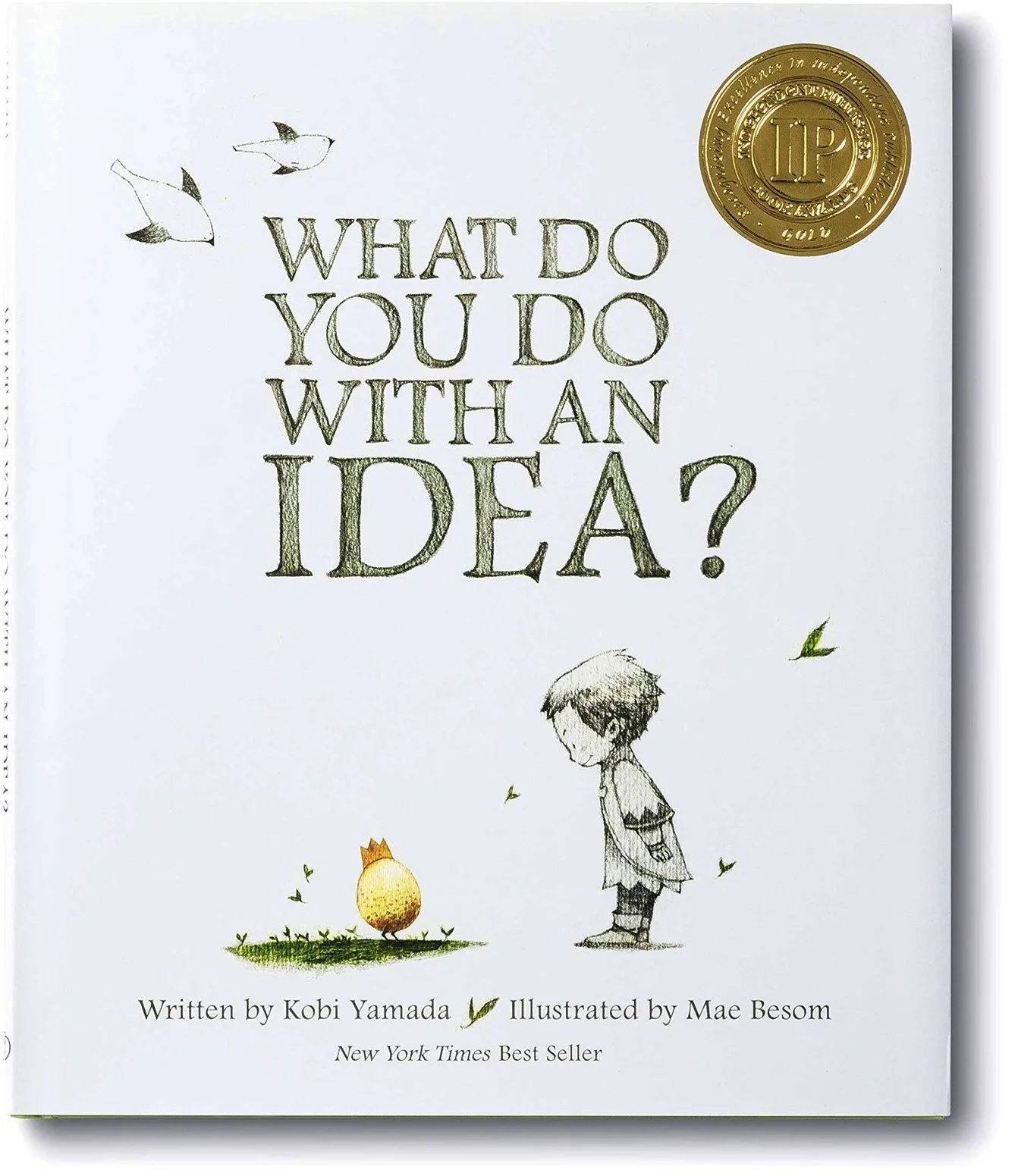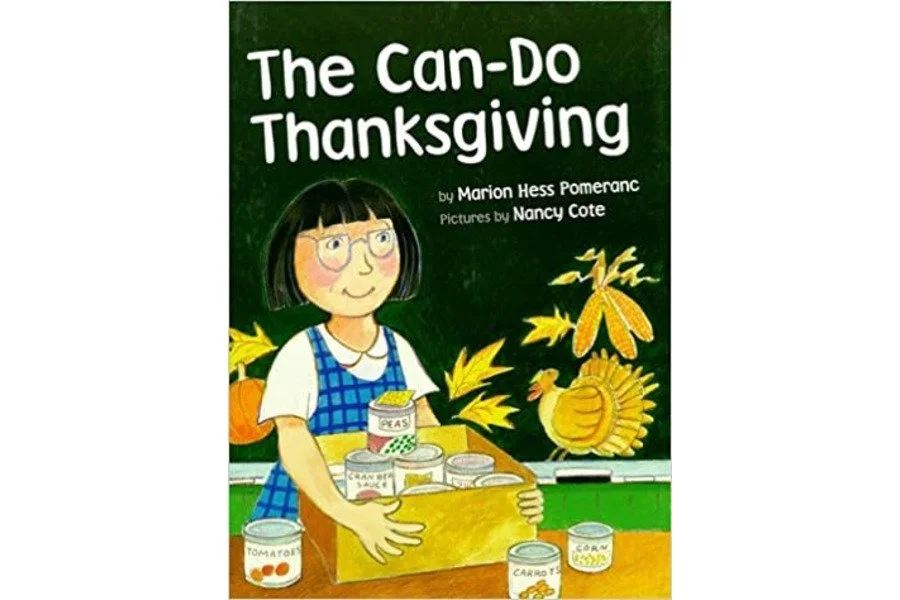Hope Springs Eternal When You Can Do
Welcome to taking a few minutes or more to read this document, figure out why I chose that title, and to engaging your mind with creativity at your fingertips.
Yes, I really did the lessons you are about to read.
Yes, I thrive as an idea generator.
Yes, I will respond to your questions should you choose to reach out to me.
Now, onto your reading with a cup of coffee, tea or other beverage and a piece of paper or new window open for you to jot notes. Let’s start at the very beginning, a very good place to start*.
This series of ideas includes our usage of two words can and can. It connects geography, poetry and these two books, What Can You Do With An Idea by K. Yamada and M. Besom, and The Can Do Thanksgiving by M. Pomeranc and Nancy Cote. As an educator and parent who purchases many books, I recommend these two because you can use them again and again.
First, you will read, What Can You Do With An Idea to yourself. As I did so, it was an eye opener. I read it slowly and again through the lens of being a teacher, a parent and a learner. It is also a book to read to inspire those who see themselves as different. Open yourself up to the possibilities.
Contact me as your idea generator buddy.
Begin Lesson 1
Get an empty can with the label removed.
See the photos with this blog for an example.
You will also bring in a full can of peas and one of corn.
Similar to what I did, you will present the empty can and ask the students a few questions.
What is this?
What is it used for?
What can you do with it?
From their input, look at the use of can as a verb and can as a noun.
These are also homophones; that’s another tie in for a lesson.
There is also a cultural arts connection with dance as in the can-can.
Let yourself jot and explore.
Emerge into the word play, images and actions as you see fits you and your students.
Then the empty can lead to the full cans which lead to me asking them to jot on a piece of paper something they can do.
“What can you do?” The range was from “I can tie my shoes” to “I can act” to “I can play guitar”.
They need to use paper and not an electronic device because you will be collecting the responses.
Put their written pieces of paper into the empty can.
You'll feel that you can revisit those during another lesson. Later in the year, I did just that.
Conclude the lesson by letting the students know that they'll be continuing an exploration of can and can later this week.
That was lesson 1.
Begin Lesson 2
The next day, show them the can with their slips of I can…responses and then show them the cover of the book, What Can You Do With An Idea? That is the introduction into a discussion about ideas, where we get ideas and ideas they’ve acted upon. It'srich in so many ways.
After that segment, you'll read the book out loud to the students. Here's what happened when I did that:
While I strolled around the room, I read the words, paused and showed them the illustrations.
With turns of their heads, eyes following, a few questioning glances and a bit of note pad doodling, I had them engaged.
As a note, I also adapted this lesson while working with college students.
Following a few moments of wait time to reflect upon the story and digest it, you'll pose a few questions.
What’s an idea you’ve had that you’ve kept to yourself because you were worried about it not being just right?
What’s an idea that you have now, after hearing this story, that you want to make happen?
Next, that leads to time to chat, share ideas, draw, getting scissors, glue, crayons, colored pencils and scraps of paper. Upon wrapping up the lesson, ask them to hold onto those ideas in their heads, on paper, in 2-D and 3-D form. Let the students know there would be more tomorrow.
Conclusion of lesson 2.
Begin Lesson 3
The next day, a few students will bring in more ideas. Here's what it looked like with my students.
They jotted them onto our Sharing Page, a giant Post It on the wall.
They brought in models they had made the night before.
They brought in items to create with. Ah, yes, these students were engaged.
During this class period, share with the students that among the designations, the month of April is:
National Poetry Month
National Month of Hope
School Library Month
National Nature Month.
The question prompt, “What can we do for the next month?”
After a bit of brainstorming, read them the book, The Can-Do Thanksgiving.
Out of that read aloud, the students will offer ideas to answer this question.
How can I participate in National Poetry Month, National Month of Hope, School Library Month and National Nature Month?
Here are some of the outcomes:
write poems and tape them onto empty cans:
then use those as presents to members of the community/families;
hold a canned food drive and tape poems onto the cans;
use the cans of food to create a tree;
use the empty cans to create outdoor feeders;
use the empty cans to create watering areas;
use the cans from the canned food collection to sort, weigh and compute how many people can be served;
connect The Giving Tree and create a Giving Tree of Cans as a sculpture before donating the canned food collection.
For this, I’d encourage you to participate in the Canstruction project. It’s a national program.
read poems and for each poem, list where the author was from;
write poems that connect to each of the places of their family’s heritage;
create a cookbook based upon recipes from the canned food collection;
volunteer in a local food pantry;
read to students in the younger classes; and so much more.
Conclusion of lesson 3.
Wrap up
What’s great about all of these ideas?
These are low cost,
easy to adapt and
they can evolve into more, too.
These are ideas that become fodder for transdisciplinary lessons and units of study, from Social-Emotional concepts to concrete actions, from problem to problem solved.
Also, I’m here to be your guide on the side.
Let’s come full circle. What Can I Do With An Idea? I look forward to hearing and seeing what transpires. Thank you for reading this and taking action.
Best wishes for all of your steps,
Dr. Hope Blecher
www.hope4education.com, hope@hope4education.com




